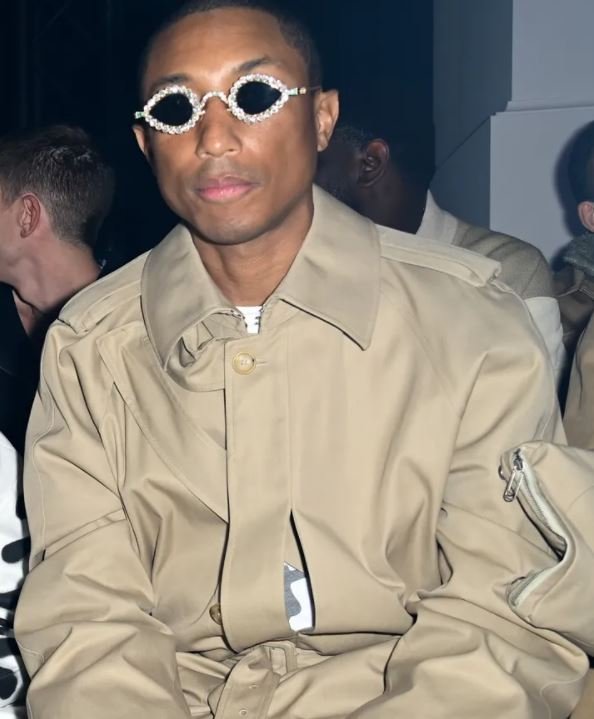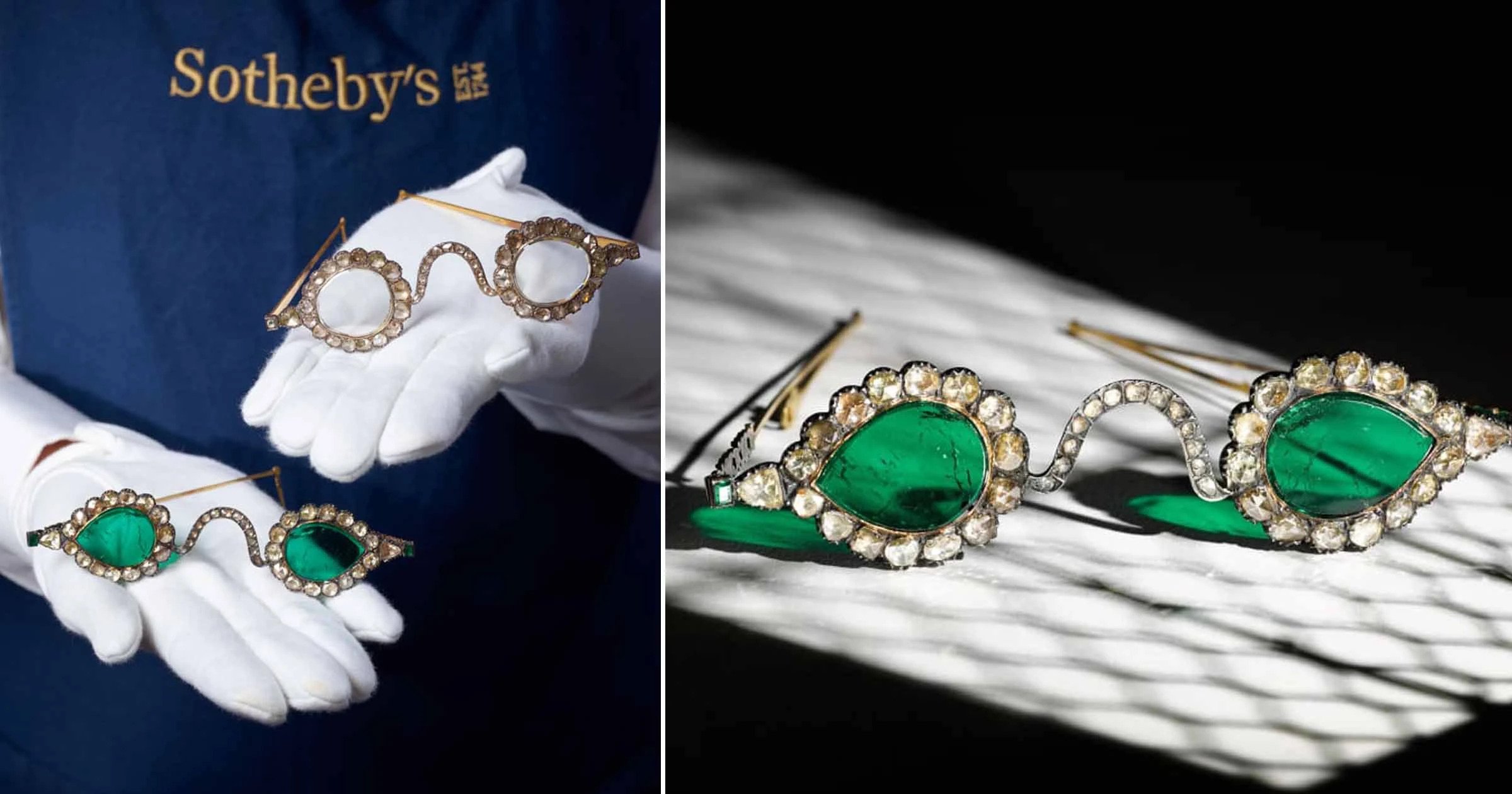Tiffany & Co and Pharrell's Partnership brings up questions of cultural appropriation over diamond designed sunglasses
Image Credit: Pascal LeSegretain/Getty (Pharrell Off-White fashion show March 2022)
High-end fashion businesses have recently often come under fire for cultural appropriation, and the latest company to be embroiled in this debate is jewellers Tiffany & Co. for the creation of a pair of almond-shaped emerald, diamond-encrusted sunglasses collaborated on with singer Pharrell Williams.
Back in January, Tiffany & Co released a photo of the singer and entrepreneur wearing the "custom-made" diamond-encrusted glasses with a caption that read, "Doubletake, Pharrell attended Nigo’s Kenzo show in Paris wearing a pair of custom-designed Tiffany & Co. sunglasses in 18k gold with 61 round brilliant diamonds of over 25 total carats and two emerald-cut emeralds." Alluding to Pharrell's relationship with the jewellery company.
But it appears that Tiffany & Co are not the only ones to be seeing ‘double’ as the Instagram fashion critic account Diet Prada pointed out that Williams' sunglasses looked almost identical to a pair of 17th century spectacles called Emeralds for Paradise that are on auction at Sotheby's, for an estimated value of £1.5 – 2.5 million and believed to have originally belonged to Mughal royals, who once ruled over the Indian subcontinent.
While it is clear that from an intellectual property rights perspective, there would be no design right protection in the UK or design patent in the US for that matter that would cover a copy of a 17th-century design. Primarily because these forms of IP rights mentioned provide creators with protection for designs only for a certain period of time (25-year term in the UK and 15 years in the US respectively). Leaving the luxury brand Tiffany and rapper Pharell free to create his own interpretation of such design. The case does raise concerns over ‘cultural appropriation’ in the luxury and fashion industry a term not legally defined.
Fashion is part of a broader system of culture, and many designers draw from the past, present and future to produce their designs. Yet this often poses a problem for the law. Arushi Sinha for Vogue Business comments that “while it is not outside the norm to take inspiration from history or historical artefacts when it comes to fashion, what stands out here is Williams' lack of acknowledgement that his creations are, in fact, moulded to closely resemble the Mughal pair. At a time when the politics of cultural appropriation have reached a fever pitch, it feels like a curious misstep on the part of both Tiffany & Co. and Williams to not cite the Emeralds for Paradise spectacles as their inspiration.”
Cultural appropriation, in search for a legal definition - where we are now?
There has been a definite recognition for the need for policies protecting Traditional Cultural Expressions in the last couple of decades. At the international level, UNESCO and the World Intellectual Property Organization (WIPO) have enacted instruments such as the International Convention for the Safeguarding of the Intangible Cultural Heritage which serve as guidelines for the creation of provisions within national IP legislation to protect traditional knowledge and cultural expressions and more recently the WIPO Intergovernmental Committee (IGC) has been working on the development of a set of draft provisions for the protection of traditional cultural expressions against misappropriation and misuse, in the form of a binding legal agreement, these bids to address cultural misappropriation emphasise a need for minority communities of non-western countries to maintain better control over their traditional cultural expressions (TCEs).
But while this gives us a pretty good start with a search for a definition of cultural (mis)appropriation, no doubt it will take some time yet until these concepts become harmonised international IP law.


